
Child labour remains a dark shadow over India’s progress. Millions of children are robbed of their childhood, forced into work instead of school. This blog dives deep into the states with the highest child labour rates, backed by data, and explores solutions.
As a parent, educator, or concerned citizen, you might wonder if your state is part of this issue. We’ll uncover the facts, human stories, and ways to fight back.
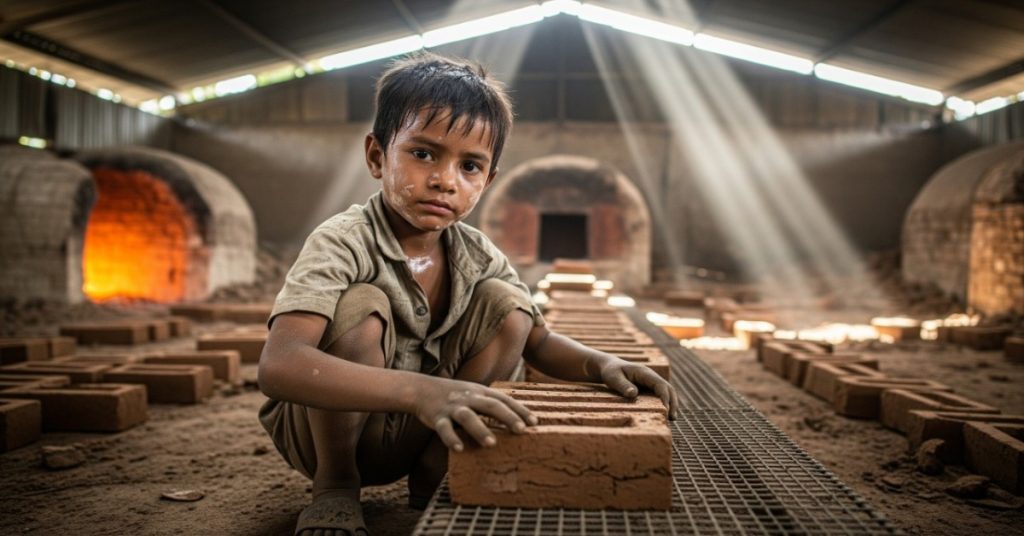
Introduction to Child Labour in India
India, with its booming economy, still grapples with child labour. According to the International Labour Organization (ILO), over 10 million children aged 5-14 are engaged in work. This isn’t just a statistic—it’s lives interrupted.
Many of these children work in hazardous conditions, from factories to farms. The 2011 Census reported 10.1 million child workers, but experts believe the real number is higher due to underreporting.
This issue ties into broader themes like poverty alleviation and education reform. As we explore, ask yourself: Is my state contributing to this cycle?
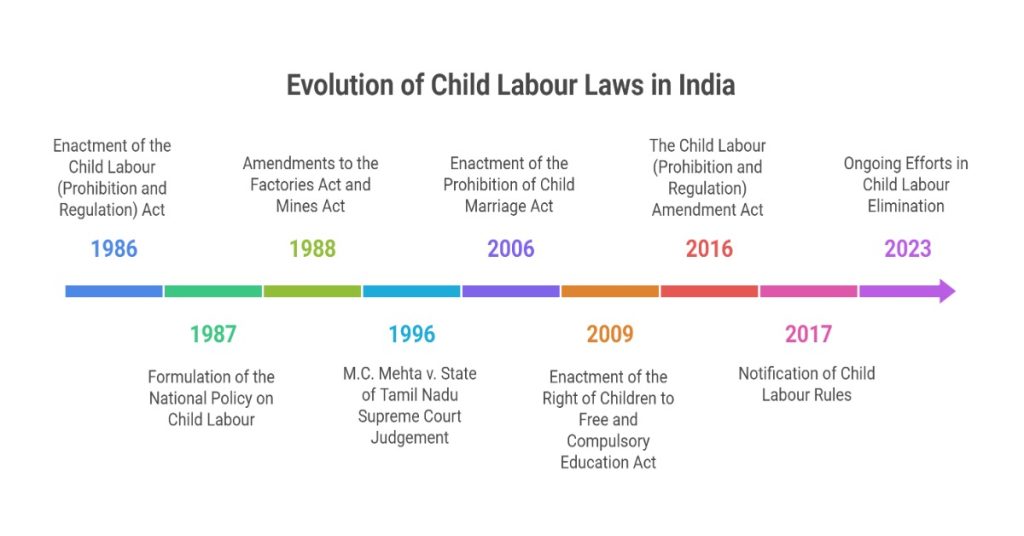
What Is Child Labour? Defining the Crisis
Child labour refers to work that deprives children of their childhood, potential, and dignity. In India, it’s any employment of kids under 14 in non-hazardous jobs, or under 18 in dangerous ones.
This includes begging, domestic work, or mining. It’s not just about age—it’s exploitation that harms health and education.
The Shocking Statistics: Child Labour Rates Across India
Data from the 2011 Census and NSSO surveys paint a grim picture. Uttar Pradesh leads with over 2.1 million child workers, followed closely by Bihar.
These numbers haven’t drastically improved; a 2020 ILO report notes persistent issues in northern and central states. Migration and urbanization exacerbate the problem.
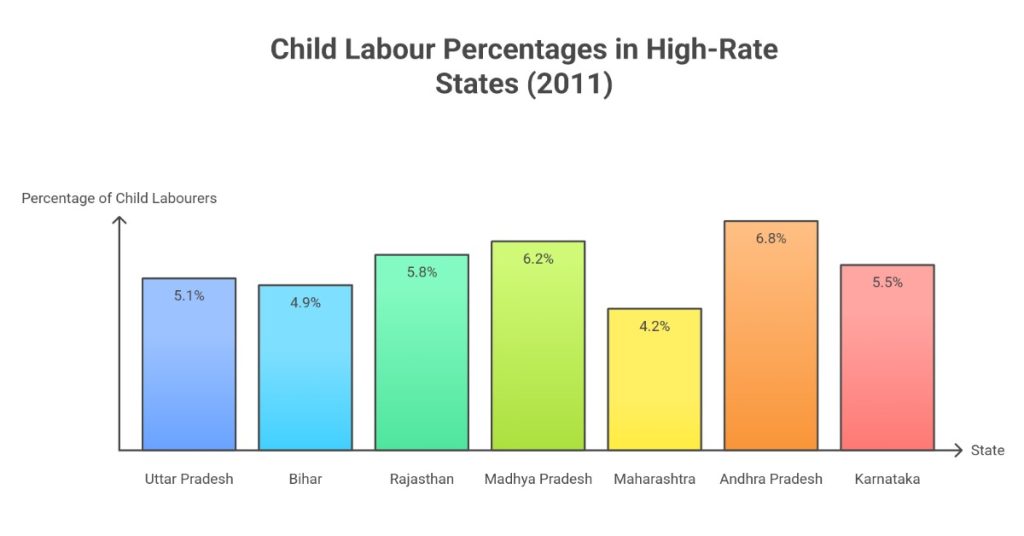
Top 5 States with the Highest Child Labour Rates
Let’s break it down. Uttar Pradesh tops the list with 2.18 million child labourers, about 21% of India’s total. Poverty and large populations drive this.
Bihar follows with 1.09 million, where 12.5% of children work instead of studying. Flood-prone areas force families into desperate measures.
Rajasthan has around 848,000 child workers, often in mining and handicrafts. Madhya Pradesh reports 700,000, with tribal regions seeing high exploitation.
Maharashtra, despite its wealth, has 496,000, mainly in urban slums and agriculture. These states account for over 50% of India’s child labour cases.
How Does Your State Compare?
Check if yours is on the list. Southern states like Kerala and Tamil Nadu have lower rates, below 1%, thanks to better education.
Northern states dominate the high rates due to socioeconomic factors. Use tools like the Ministry of Labour’s dashboard for state-specific data.
If your state isn’t listed, it doesn’t mean it’s free—hidden labour in homes or streets persists everywhere.
Why Does Child Labour Persist in These States?
Root causes are multifaceted. In high-rate states, economic desperation pushes children into work.
Cultural norms sometimes view child work as family duty. But it’s a vicious cycle trapping generations.
Poverty and Economic Factors
Poverty is the biggest driver. In Bihar and Uttar Pradesh, families below the poverty line rely on children’s earnings.
Agriculture employs 70% of child workers, per ILO. Debt and crop failures force kids into bonded labour.
Urban migration leads to street vending or rag-picking, exposing children to dangers.
Lack of Education and Infrastructure
Poor schooling infrastructure keeps kids out of class. In Rajasthan, remote villages lack schools, so children work in quarries.
Dropout rates soar due to costs. Girls face added barriers like early marriage.
LSI terms like “child education barriers” highlight how this fuels the labour market.
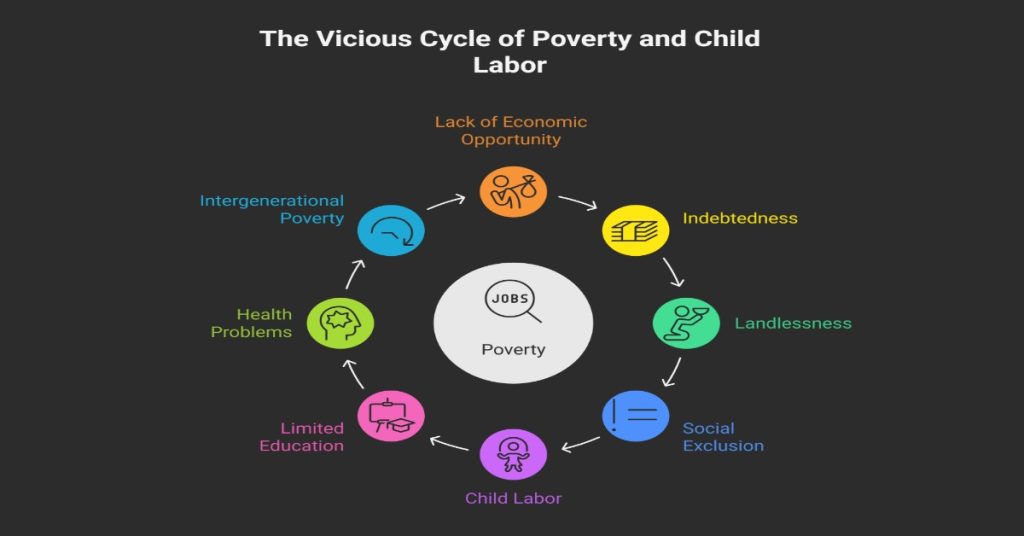
The Human Cost: Impacts on Children and Society
Imagine a 10-year-old in Madhya Pradesh mining stones, missing school forever. Health issues like respiratory problems plague them.
Psychologically, it’s devastating—depression and lost opportunities. Society suffers too: uneducated youth hinder national growth.
Child labour costs India billions in lost productivity, per World Bank estimates.
Laws Against Child Labour in India: What You Need to Know
India has robust laws. The Child Labour (Prohibition and Regulation) Act, 1986, bans work for under-14s in hazardous jobs.
Amended in 2016, it aligns with the Right to Education Act. The Juvenile Justice Act protects vulnerable kids.
Government and NGO Efforts to Eradicate Child Labour
The National Child Labour Project (NCLP) rehabilitates kids in over 300 districts. States like Uttar Pradesh run special schools.
NGOs like Bachpan Bachao Andolan have rescued thousands. International aid from UNICEF supports awareness.
Recent campaigns use social media to report cases anonymously.
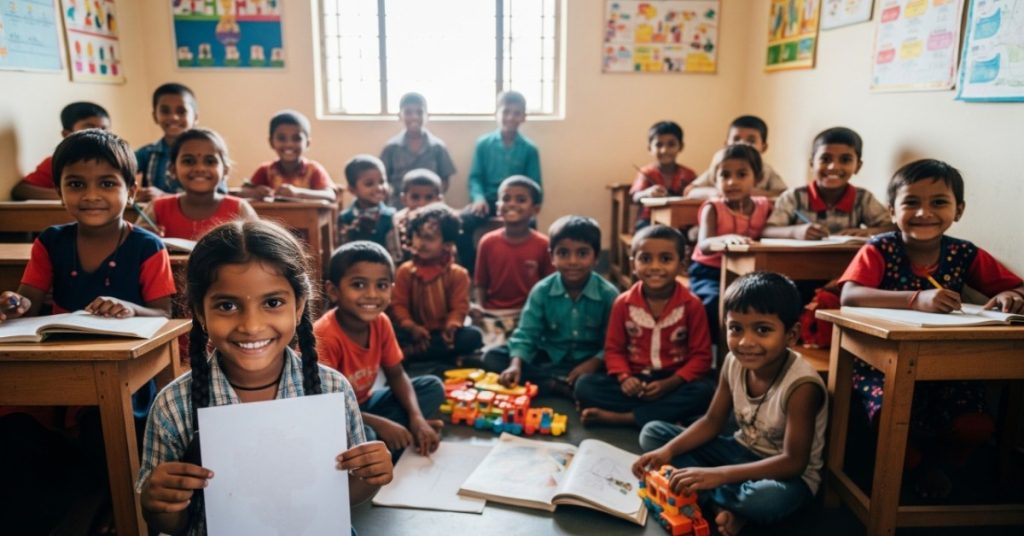
How Can We Stop Child Labour? Practical Steps
Ending this requires collective action. Support education by donating to NGOs or volunteering.
Report incidents via the Childline 1098 helpline. Businesses must ensure supply chains are child-labour free.
Individuals can boycott products from exploitative industries. Community drives in high-rate states make a difference.
Advocate for better enforcement in your state—write to local MLAs.
FAQ
What is the law against child labour in India?
Key is Article 24 of the Constitution, prohibiting factory work for under-14s.
What is the child labour rate in India?
Recent UNICEF data estimates 5.8% of children aged 5-14 are involved, but rural areas spike this to 7%.
How can we stop child labour in India?
Strengthen laws, reduce poverty through schemes like MGNREGA, and promote awareness.
What are the causes of child labour in India?
Poverty, illiteracy, and weak enforcement top the list.
Which state has the highest child labour in India?
It’s Uttar Pradesh, per absolute numbers, but Bihar has a higher percentage relative to population.
Read More
What Every Consumer Must Know About Child Labor in India?
Causes of Child Labour in India: Poverty, Lack of Education & Socio-Economic Factors Driving Exploitation
How to Verify If a Business Is Truly Child Labour-Free
Conclusion: A Call to Action
Child labour in states like Uttar Pradesh and Bihar isn’t inevitable. With data-driven policies and public will, we can change it.
Is your state one? If yes, act now. Every child deserves a childhood, not chains.
Share this post, get involved, and let’s build a labour-free future for India’s kids.
